World News: Resources, History, and the Italian Ambassador to the Democratic Republic of Congo Killed
What happened?
At 10 am on Monday, February 22nd 2021, Luca Attanasio (43), who serves as the Ambassador of the Italian Republic to the Democratic Republic of Congo and father of three, started to travel as part of a 7-people UN World Food Program (WFP) convoy from Goma to Rutshuru in the North Kivu Province, bordering Rwanda. In 1994, this was the location where around six hundred thousand Tutsi minority individuals and opposition members were brutally murdered in one of the most recent genocides in modern history. The WFP group was supposed to visit a school canteen in Rutshuru, part of a community feeding program. Little did Ambassador Attanasio know that only thirty minutes later his life, Italian police officer Vittorio Iacovacci (30) and Congolese driver Mustapha Milambo were all going to be brought to a tragic end. At around 10:30 a.m., a group of six armed men shot a series of Kalashnikov bullets at the first car, killing Mr Milambo. While it is still not clear what the scope of the attack was, local authorities think that the armed men were carrying out a kidnapping attempt with the aims of collecting a ransom from either the Italian government or the local government. In the same area, in May 2018, gunmen kidnapped two British tourists. Immediately after the first shots were fired, two Italian officials and four more members of the convoy were dragged into the forest where the armed group got into a gunfight with local eco-guards from the infamous Virunga National Park, often the site of brutal attacks against park guards. During the fight, Ambassador Attanasio and officer Iacovacci were killed while the kidnappers managed to get away with three hostages, leaving an Italian NGO member behind. Two questions remain unanswered: why was the road where the attack took place declared safe and why did the local government not know about the ambassador’s visit?
Why did it happen?
Like most African countries, what is now known as the Democratic Republic of Congo (DRC) was also colonized. In 1885, modern Democratic Republic of Congo territory was directly occupied by Belgium under King Leopold II’s rule, characterized by frequent events of colonial violence, slavery and exploitation which still today are remembered for the deep socio-economic scars they inflicted on the country and its people. A disastrous independence, for which there was no true preparation, finally came in 1960. While being one of the richest nations in the world in terms of natural resources, 72% of its citizens live in extreme poverty and make less than $1.90 per day. The DRC sits on an estimated $24 trillion worth of minerals, including uranium, platinum, gold, diamonds and natural gas. When the U.S. bombed Japan, the uranium they utilized came from DRC mines. Despite the 1960 elections choosing Patrice Lumumba as the next president, colonel Mobutu, under Belgian and U.S. pressure to rid the country of Soviet influence, declared a coup d’etàt and in 1961 democratically-elected president Patrice Lumumba was executed. Mobutu, who changed the name of the country to Zaire in 1971 up until 1997 was the effective dictator of the DRC from 1965 to 1997 and stole around $5 billion from his country, selling off the nation’s natural resources to the West and maintaining a corrupted administration through patronage politics; as revealed by a NYT investigation on Israeli billionaire and mining magnate Dan Gerler, continued under president Joseph Kabila. Regional fragmentation, Cold War bipolarisation, the Second Congo War in 1998, which caused over 5.4 million deaths, are among the many reasons why the DRC is still today a country doomed by its own treasures. Despite the UN Security Council establishing the peacekeeping mission MONUC (United Nations Mission in the Democratic Republic of Congo) in 1999, and despite the first multi-party democratic elections taking place in 2006, Eastern DRC is still extremely dangerous and home to tens, if not hundreds, of armed-rebel groups. This includes the Democratic Forces for the Liberation of Rwanda, a group that fights for control over mineral resources. The final answer to our initial questions might lie in the MONUSCO (United Nations Organization Stabilization Mission in the Democratic Republic of the Congo) peacekeeping mission itself, which took over MONUC in 2010. Despite the UN maintaining over 12,000 soldiers, the majority of whom are stationed in the Eastern regions where the attack took place, UN peacekeepers in Africa are under fire for their lack of training and preparedness. Former-UN Secretary General Ban Ki-moon himself stated that “United Nations peacekeeping operations do not have appropriate reach, manpower or capabilities to stop mass atrocities.” In spite of an annual budget of $1.15 billion, reduced by 21 percent since 2010, most soldiers are being provided by militarily underdeveloped nations, such as Pakistan and Bangladesh. Lack of training and effective organization might be at the core of a massive 207 UN fatalities registered between 2010 and 2020 and the reason why a foreign ambassador, involved in MONUSCO itself and charitable work, wasn’t protected in an area well-known for its instability and violence. If the United Nations peacekeeping forces want to improve their public image, then they must revolutionize what they are not doing well enough: protecting civilians and maintaining peace. Instead of misusing and reducing resources from MONUSCO, be it the annual budget or uniformed personnel, a better and local solution to sustainable development must be found so that conflicts within the Democratic Republic of Congo will finally come to an end. As of today, despite promises coming from the DRC government that justice will be made, this is unlikely due to the fragility of governmental control over areas that, as far as we know, are simply no man’s land.






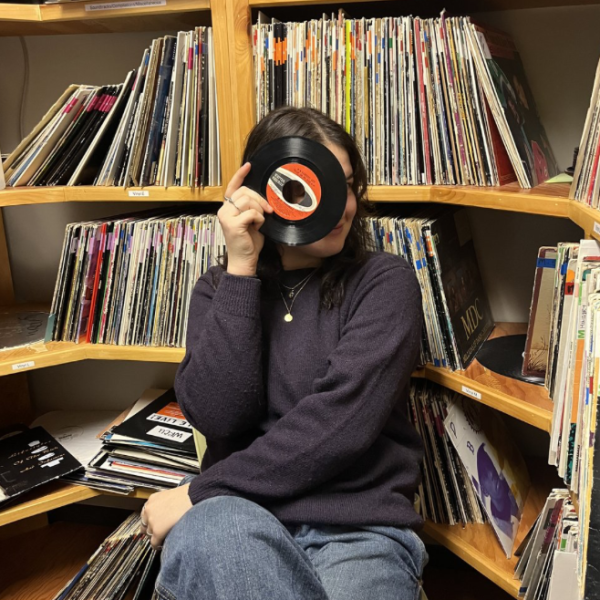




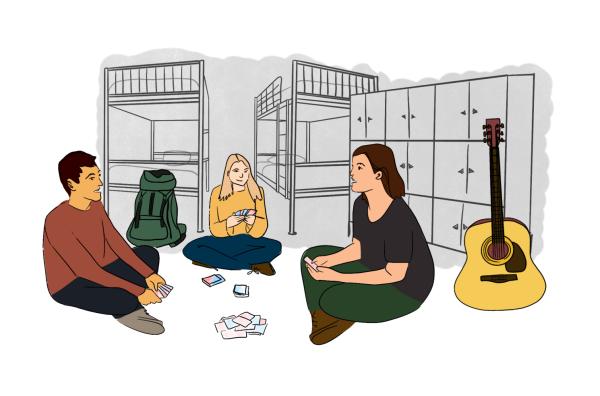
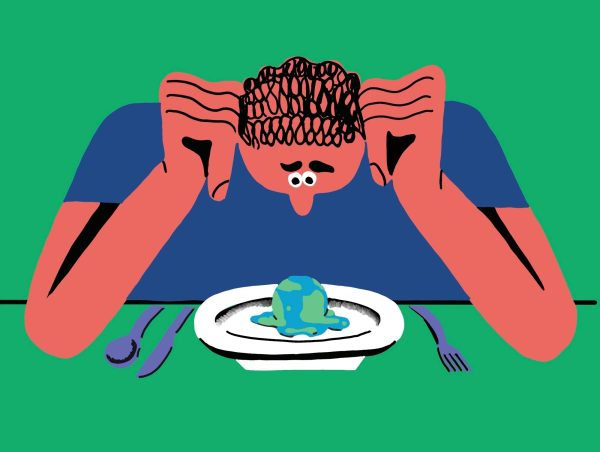
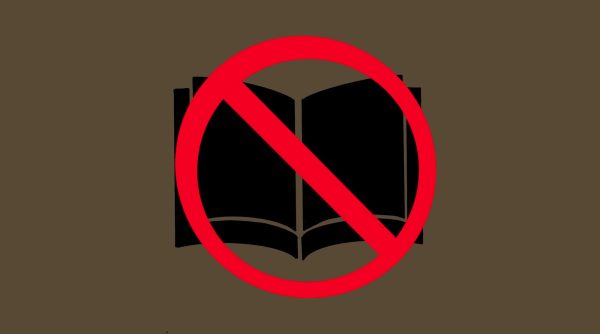
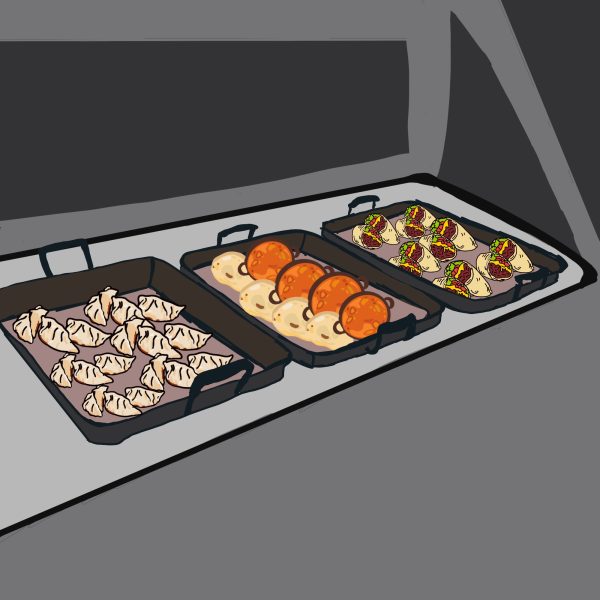
David Brodie • Mar 5, 2021 at 1:26 pm
Having lived in central Africa in the 1930’s, 40’s, and 50’s and experiencing the chaos and dangers and violence of being in the Belgian Congo among friends who’s lives were brought to sudden ends, I see very little difference between them and today…although the players may be different. And with all the wealth and resources that are quite exceptional, corruption is the earmark of life in that particular part of Africa. It breaks my heart.
Keep up with exposing circumstances in that part of the world! Good luck!